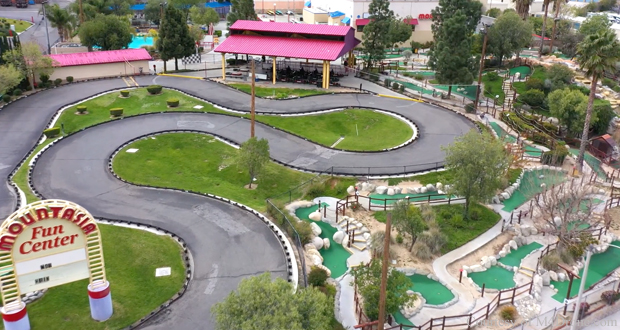Board games have been a popular form of entertainment for centuries, bringing people together for fun and friendly competition. Board games are tabletop games that typically use pieces, which are moved or placed on a game board. These games offer a unique mix of challenge and enjoyment that can be appreciated by people of all ages.
Board games have been played and evolved in most cultures and societies throughout history. Several important historical sites, artifacts, and documents show early board games. For example, the game Senet was pictured in a mural painting found in Merknera’s tomb, an ancient Egyptian pharaoh. Senet is the oldest board game known to have existed, it was played between 3500 BC and 3100 BC. Hounds and Jackals, another ancient Egyptian board game, appeared around 2000 BC. The first complete set of this game was discovered in a Theban tomb that dates to the 13th dynasty. This game was also popular in Mesopotamia. The ancient Egyptian civilization created some of the earliest board games to exist.
Board games also have a long tradition in Europe. One of the oldest records of board gaming in Europe dates back to Homer, an Ancient Greek poet, poem that he wrote in the 8th century BC. He mentions the Ancient Greek game of Polis, one of the earliest known strategy wargames that resembles checkers.
Board gaming in ancient Northern Europe developed sometime before 400 AD with the ancient Norse game called Hnefatafl, which was a two-player strategy game, similar to chess. In the United Kingdom, the association of dice and cards with gambling led to all dice-related games. Ancient Europe’s board games not only served as entertainment, but also influenced the history of board games.
Different traditional board games are popular in Asian and African countries. In China, many variations of chess are popular. Meanwhile, in Africa and the Middle East, Mancala is an admired board game played with small stones, beans, or seeds, and rows of holes on a board or other playing surface. The objective is to capture all of the opponent’s pieces. In India, a community game called Carrom is favored, a tabletop game of Indian origin in which players flick discs, attempting to knock them to the corners of the board. A famous game in South Korea called Alkkagi is a game between two players where several stones are placed on a board, and the player flicks them with his finger to knock the opponent’s stones off the board.
Furthermore, the 1880s-1920s is considered the “Golden Age” of board gaming in the Americas. The board game Travellers’ Tour Through the United States is a geographical board game published in 1822, thought to be the first board game produced in the United States. The game consists of a map where players would travel through 139 towns, cities, and villages that they had to correctly identify to move forward, determining how far they could move with a dice.
Ultimately, exploring different ancient board games shows a glimpse into the past and the cultures that played them. From the strategic game of Senet in ancient Egypt to the complex stone games in Africa, these games display human creativity. The legacy of these games still carries on, influencing the history of board games that people play today.





























